
Automation with Zapier
Automation with Zapier enables users to integrate and automate tasks across various apps without coding. By creating "Zaps," users can set triggers and actions between applications, streamlining workflows and increasing productivity. This tool is ideal for businesses and individuals looking to save time and reduce manual work.

How to inject joy in your day with automation
Incorporating automation into your daily routine can significantly enhance your joy and productivity. By automating mundane tasks like bill payments, grocery shopping, and scheduling reminders, you free up time for activities that bring you happiness. Utilize smart home devices to create a comfortable environment or set up automated messages to connect with loved ones. Small, intentional automations can streamline your day, reduce stress, and allow you to focus on what truly matters, ultimately infusing your life with more joy.
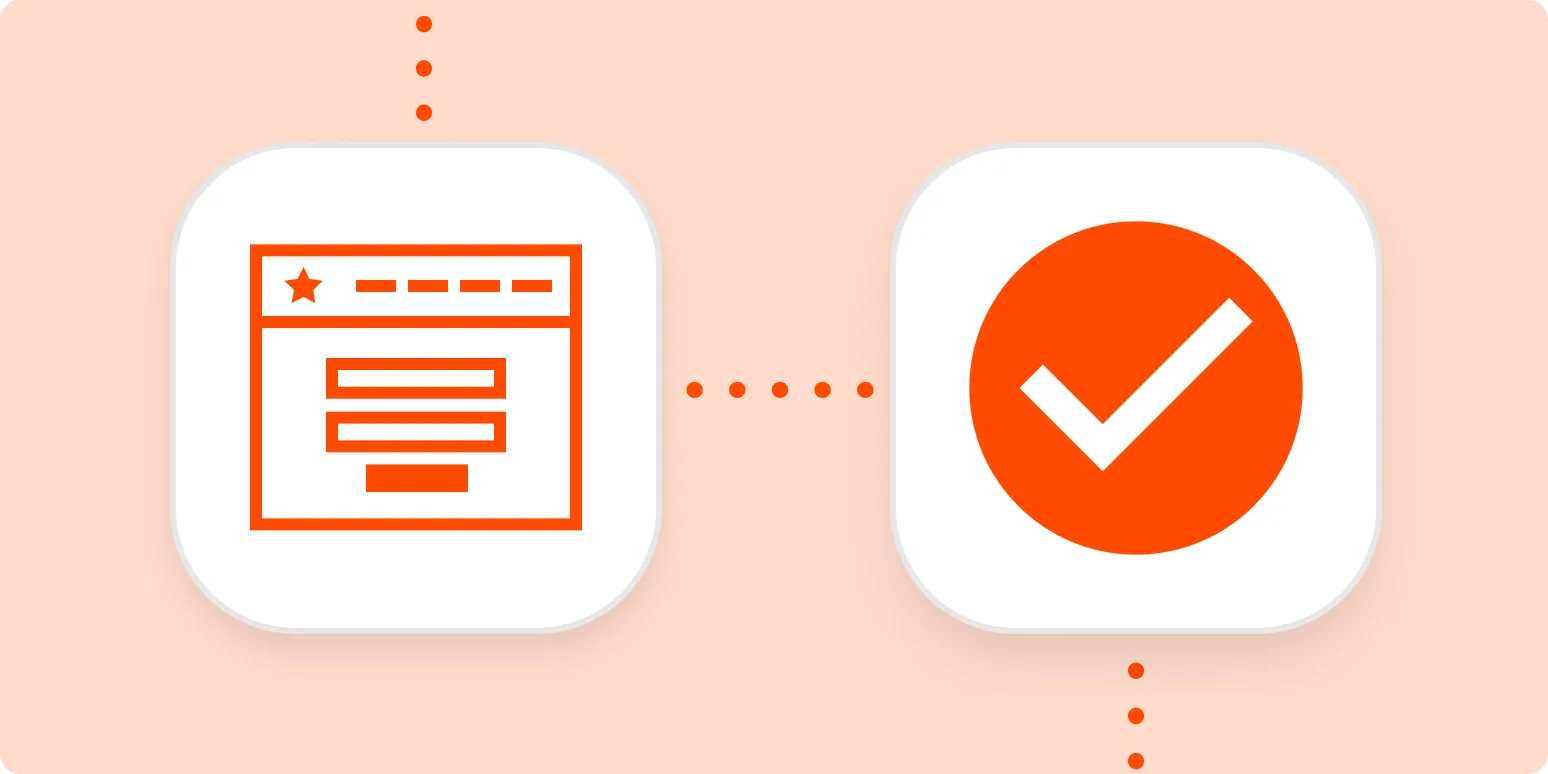
How to automatically create tasks from forms and tickets
Automatically creating tasks from forms and tickets streamlines workflow and enhances productivity. By integrating form submission tools with task management software, incoming requests can be transformed into actionable tasks without manual intervention. Utilizing automation platforms allows users to set triggers that generate tasks based on specific criteria, such as form fields or ticket status. This process not only reduces the risk of errors but also ensures that no requests are overlooked, enabling teams to focus on completing tasks efficiently.
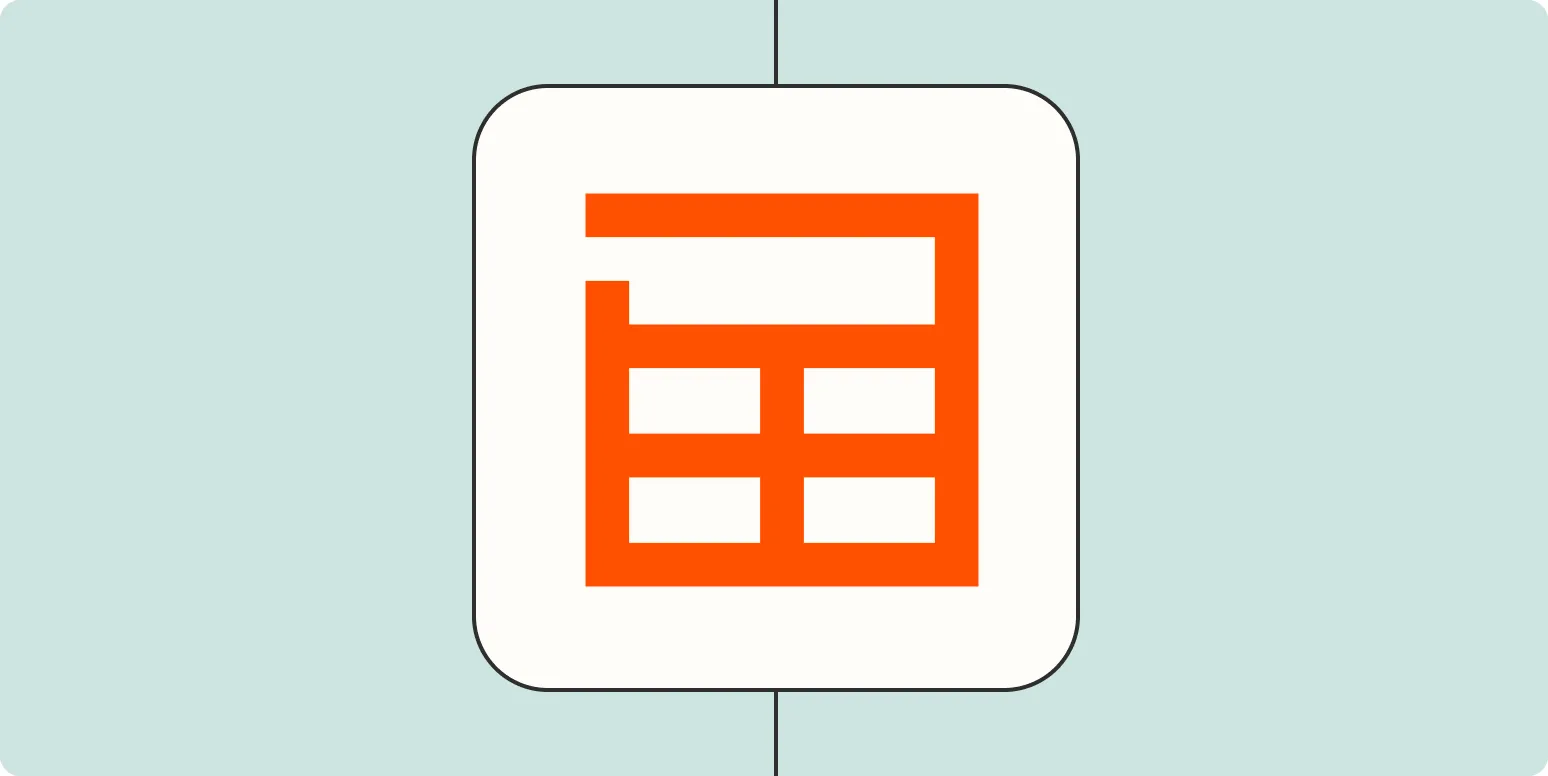
How to send form and ticket information to a spreadsheet for better analysis
To streamline data analysis, you can automate the process of sending form and ticket information to a spreadsheet. Start by integrating your forms with a cloud-based tool that supports data exports, like Google Sheets or Microsoft Excel. Use webhooks or APIs to capture form submissions directly into the spreadsheet. Ensure that the data is organized in a clear format with appropriate headers for easy filtering and analysis. This method enhances data accessibility and allows for more efficient reporting and insights generation.
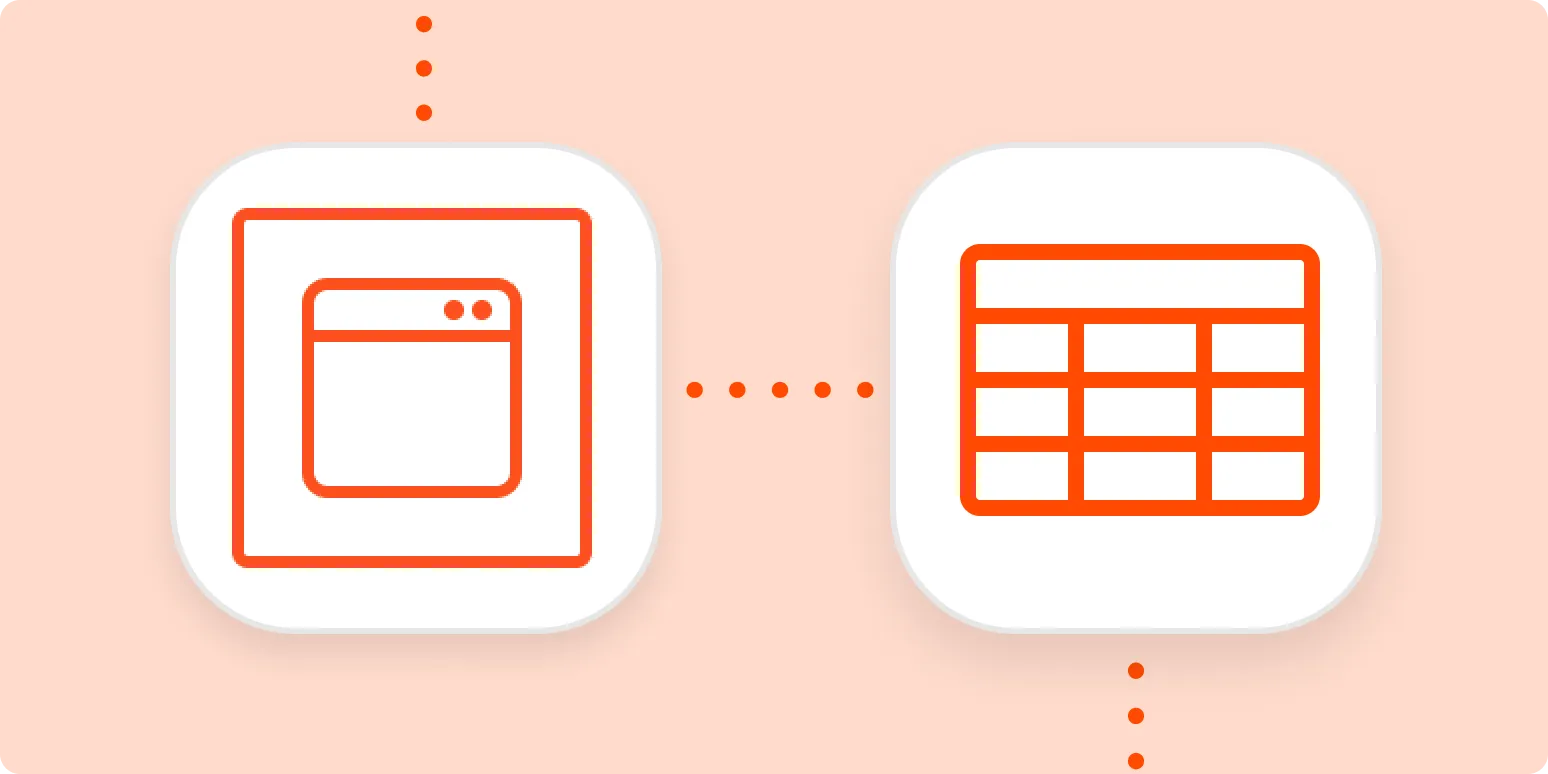
How to automatically log information from websites
Automatically logging information from websites involves using web scraping techniques, which can be achieved through programming languages like Python with libraries such as Beautiful Soup or Scrapy. These tools allow users to extract data from web pages by navigating the HTML structure. Additionally, automation frameworks like Selenium can interact with dynamic content. Users can schedule scripts to run at specific intervals, ensuring the data is collected regularly. It’s essential to respect website terms of service and legal considerations while scraping.

How to get automated text alerts for upcoming calendar events
To receive automated text alerts for upcoming calendar events, start by linking your calendar app to a messaging service that supports notifications. Most calendar platforms, like Google Calendar, have settings that allow you to enable SMS reminders. Simply navigate to the notifications section, select your preferred reminder time, and enter your phone number. Make sure your phone settings permit messages from the service. This way, you will receive timely updates about your scheduled events directly to your mobile device.

How to send automated reminders for upcoming calendar events
Automated reminders for upcoming calendar events can be set up using various tools and applications. Start by selecting a calendar platform that supports reminders, such as Google Calendar or Microsoft Outlook. Create your event and look for the option to add notifications. Customize the timing and frequency of the reminders to suit your needs. Additionally, consider integrating third-party automation services like Zapier to enhance functionality, allowing for reminders via email or SMS. This ensures you never miss an important event.
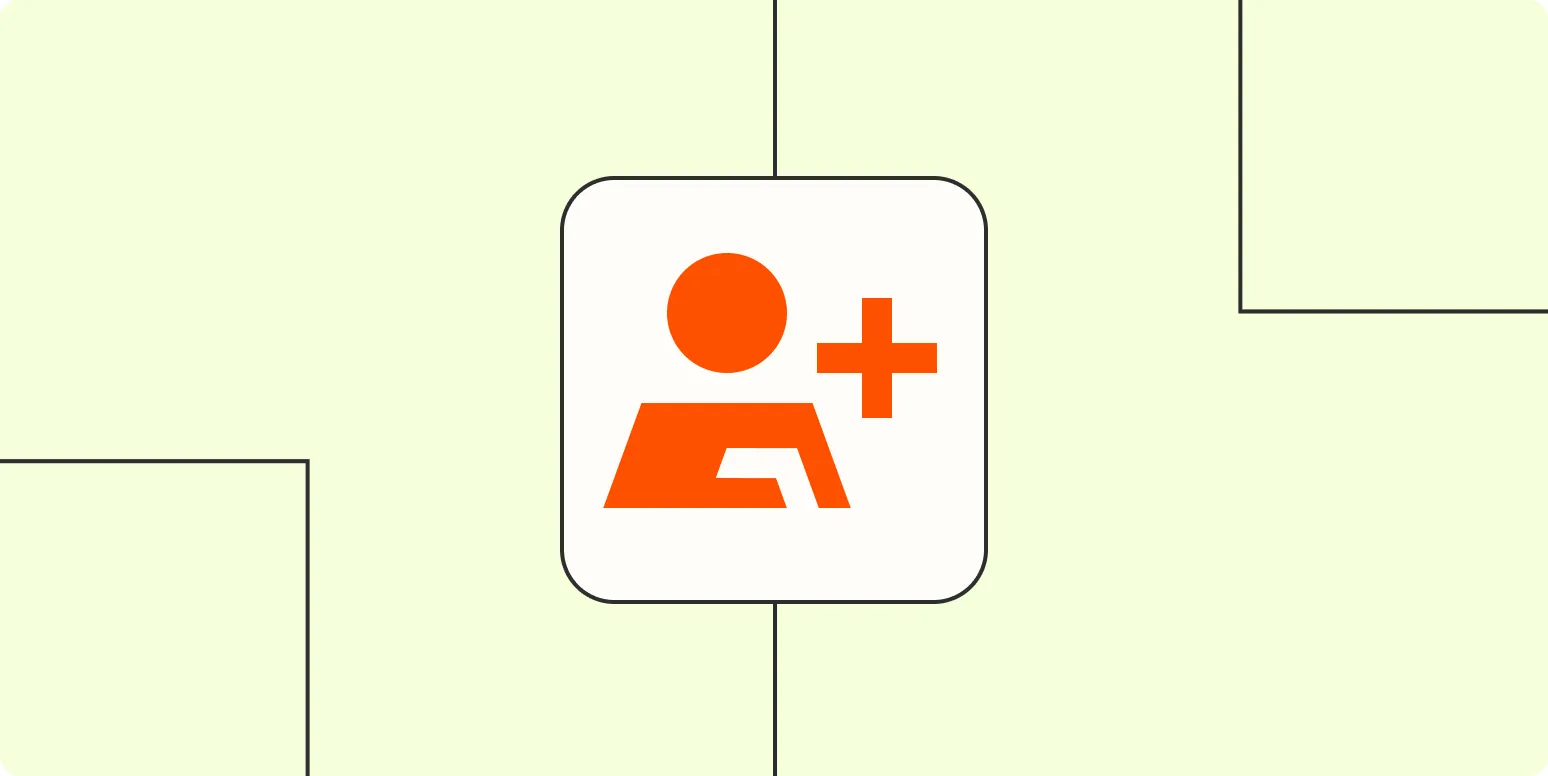
Automatically add leads to your CRM or email marketing platform
Automatically integrating leads into your CRM or email marketing platform streamlines the process of managing potential customers. This feature eliminates manual data entry, reducing the risk of errors and saving valuable time. With seamless synchronization, new leads are captured in real-time, allowing for timely follow-ups and targeted marketing campaigns. This not only enhances efficiency but also improves the overall customer experience by ensuring that leads receive prompt attention and personalized communication, ultimately driving higher conversion rates.
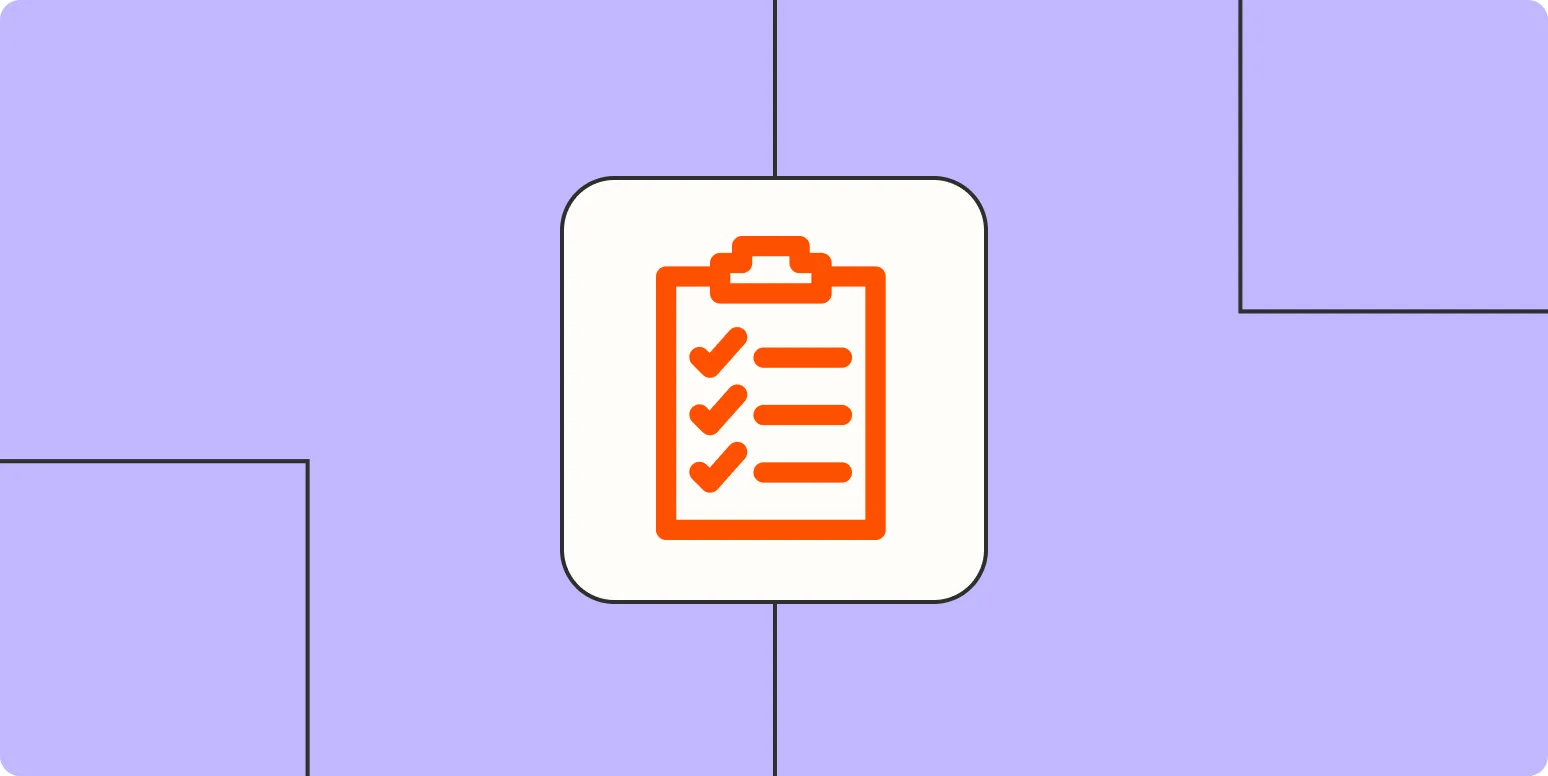
How to set up an automated system to confirm form submissions
To set up an automated system for confirming form submissions, first choose a suitable platform or tool that supports automation. Integrate your form with an email service or automation software to trigger confirmation messages upon submission. Design a clear and concise confirmation email that acknowledges receipt and provides any necessary follow-up information. Test the system to ensure that submissions are correctly processed and confirmations are sent promptly. Finally, monitor the system regularly to maintain its effectiveness and address any issues that arise.
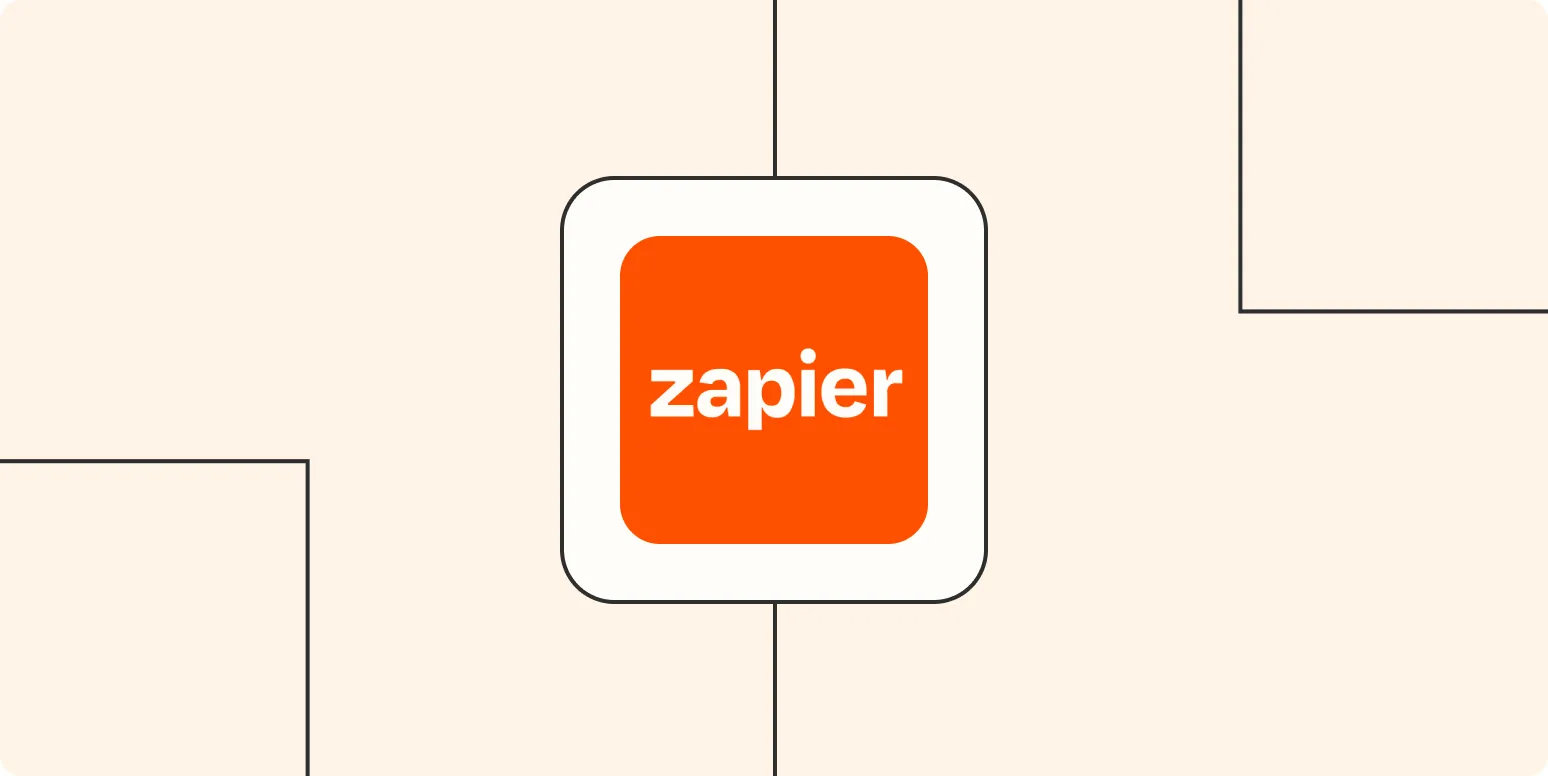
How to troubleshoot Zaps: tips from a Zapier Expert
Troubleshooting Zaps can be a straightforward process with the right approach. Start by checking the connection between your apps and ensuring they are properly authenticated. Review the Zap's task history for any error messages, as they often provide insight into what went wrong. Testing each step individually can help identify the problematic component. Additionally, consider reaching out to Zapier's support resources and community forums for further assistance and tips from experienced users. Keeping these strategies in mind can enhance your Zapier experience.
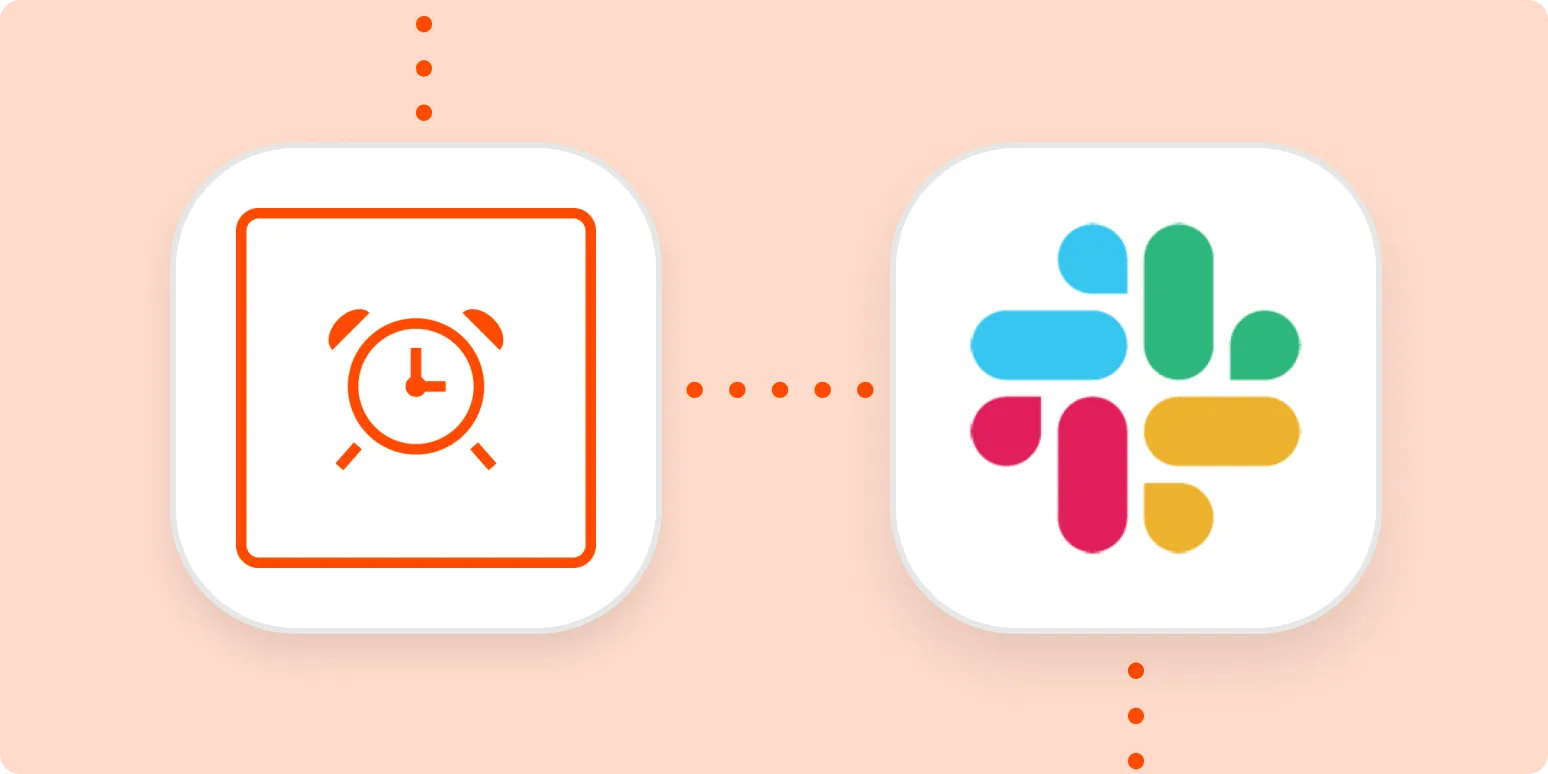
How to automatically send daily reminders to Slack
To automatically send daily reminders to Slack, you can utilize Slack's built-in reminder feature or integrate third-party tools like Zapier or Integromat. Start by setting up a scheduled message using Slack's reminder command for specific channels or users. Alternatively, create a workflow with external automation services that connect your calendar or task management apps to Slack. This way, you can customize reminders based on your needs and ensure that relevant team members receive timely notifications every day.
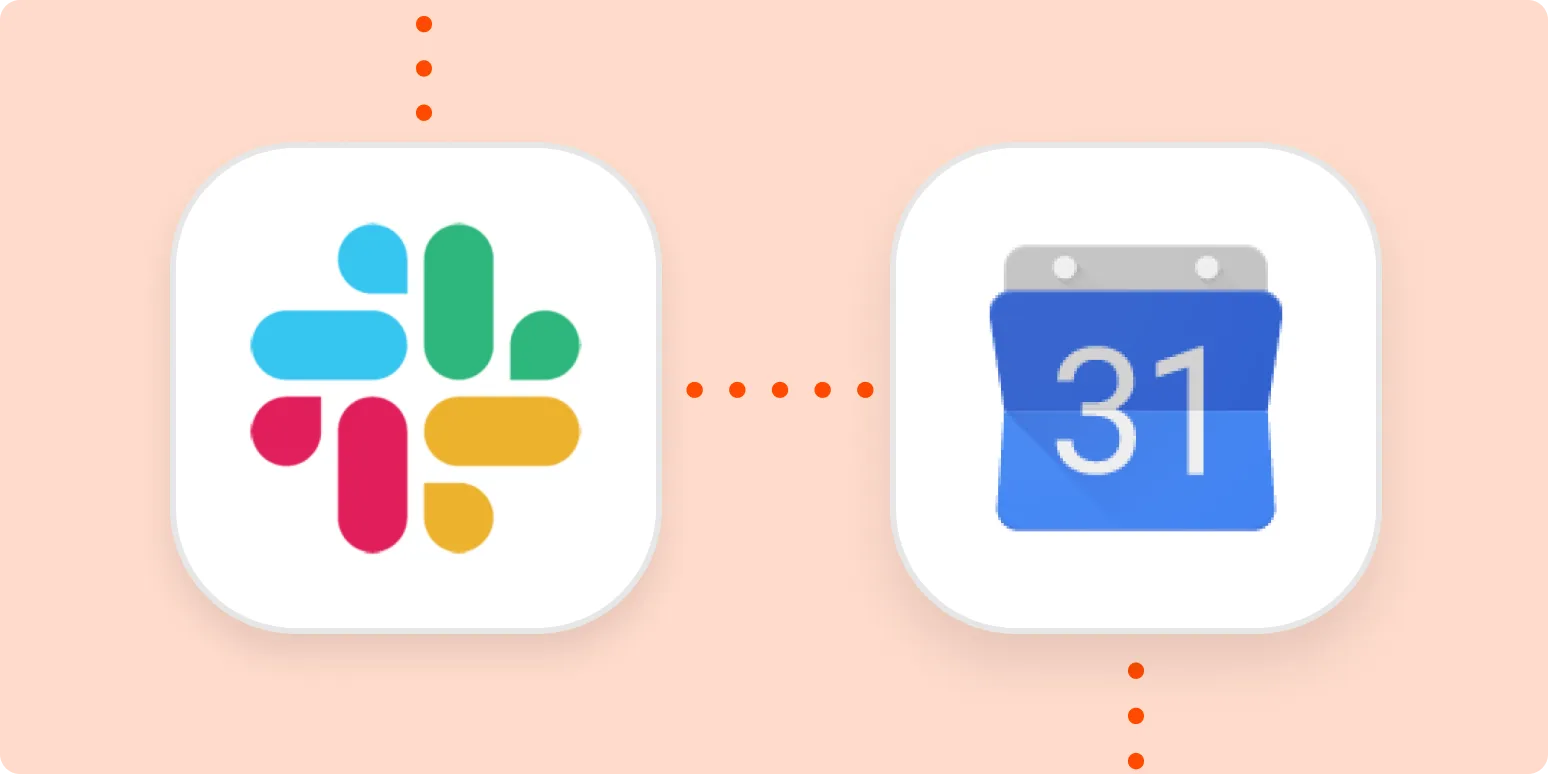
How to let people invite themselves to your calendar events using a Slack reaction
You can streamline event invitations by utilizing Slack reactions to encourage self-scheduling. First, create a calendar event and share the details in a relevant Slack channel. Then, prompt team members to indicate their interest by reacting with a specific emoji. This method not only allows you to gauge attendance quickly but also empowers individuals to add the event to their calendars themselves. By fostering a collaborative environment, you enhance participation and reduce the back-and-forth typically associated with event planning.
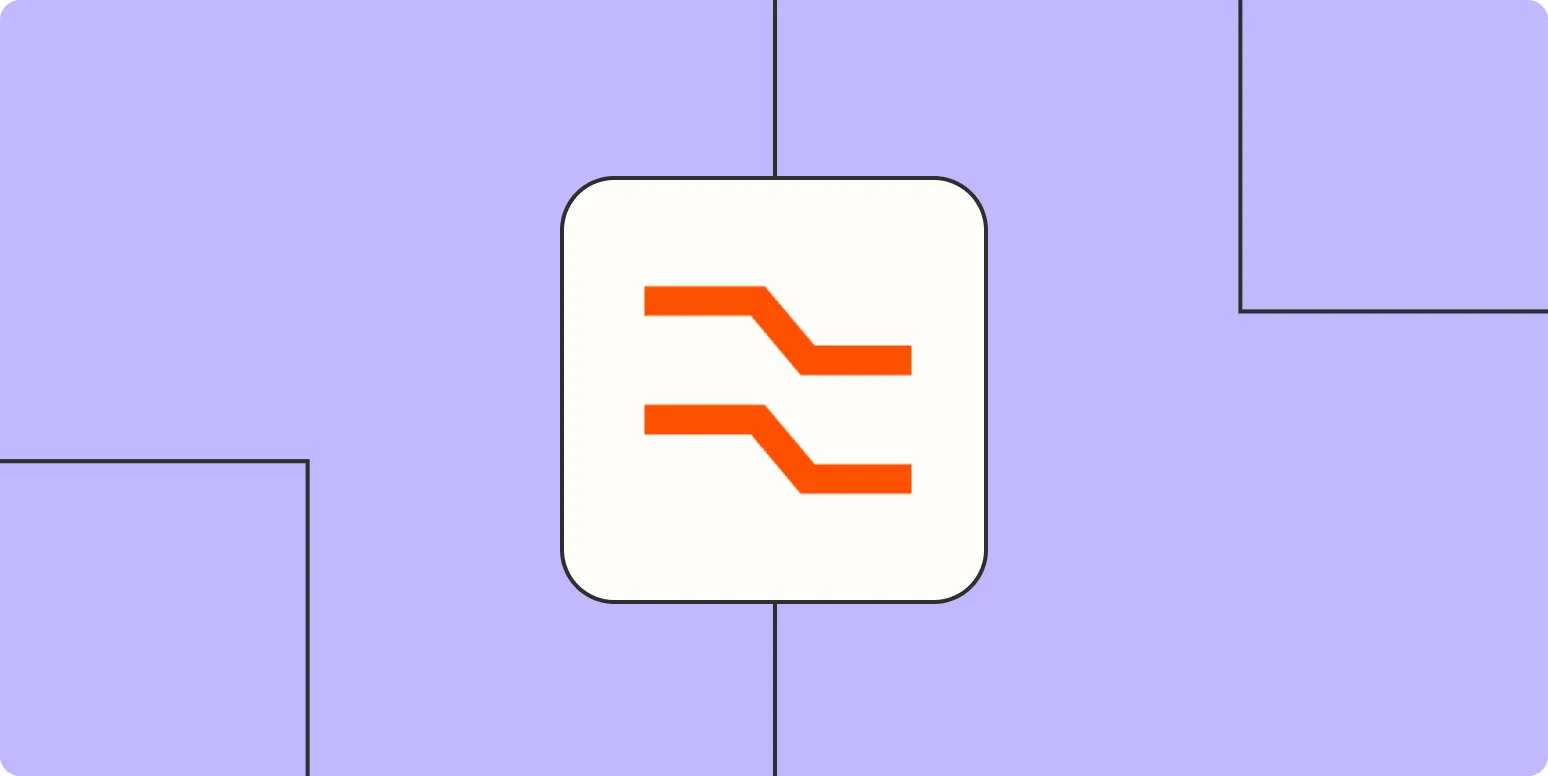
How to separate first and last names from a single form field
To separate first and last names from a single form field, begin by capturing the full name input. Use programming techniques to identify the space between the first and last names. The substring before the first space can be extracted as the first name, while the substring after that space can be designated as the last name. This method works well for most standard name formats, but be cautious of names with multiple parts or varying cultural naming conventions.
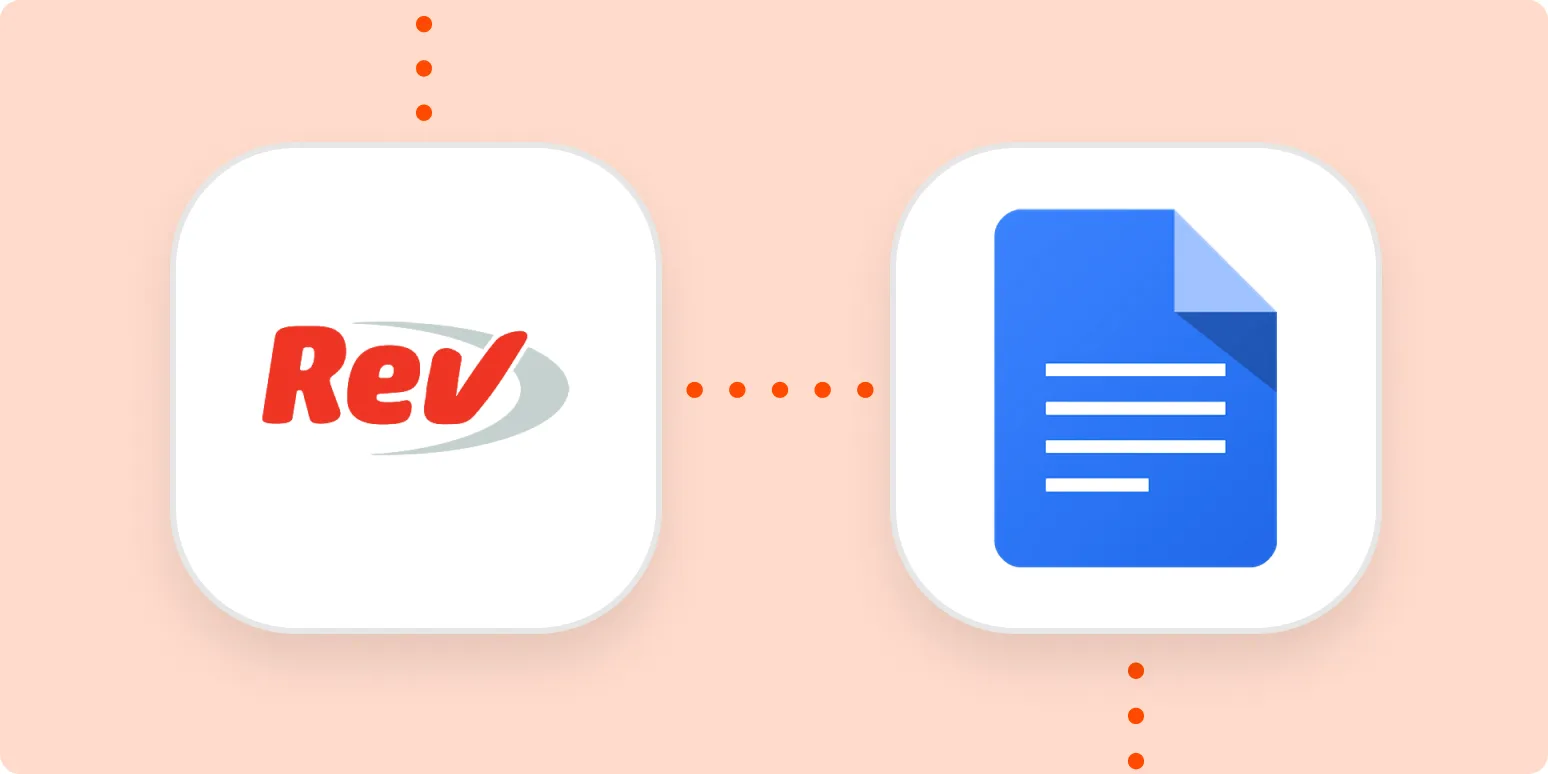
How to automatically create Rev transcripts
Automatically creating Rev transcripts involves leveraging speech recognition technology to convert audio or video content into text. Users typically upload their files to a transcription service that utilizes advanced algorithms to analyze spoken words and generate accurate text transcripts. This process often includes features like speaker identification and punctuation. Once the transcription is complete, it can be edited for accuracy and exported in various formats, making it a convenient solution for content creators, educators, and professionals seeking to document spoken material efficiently.
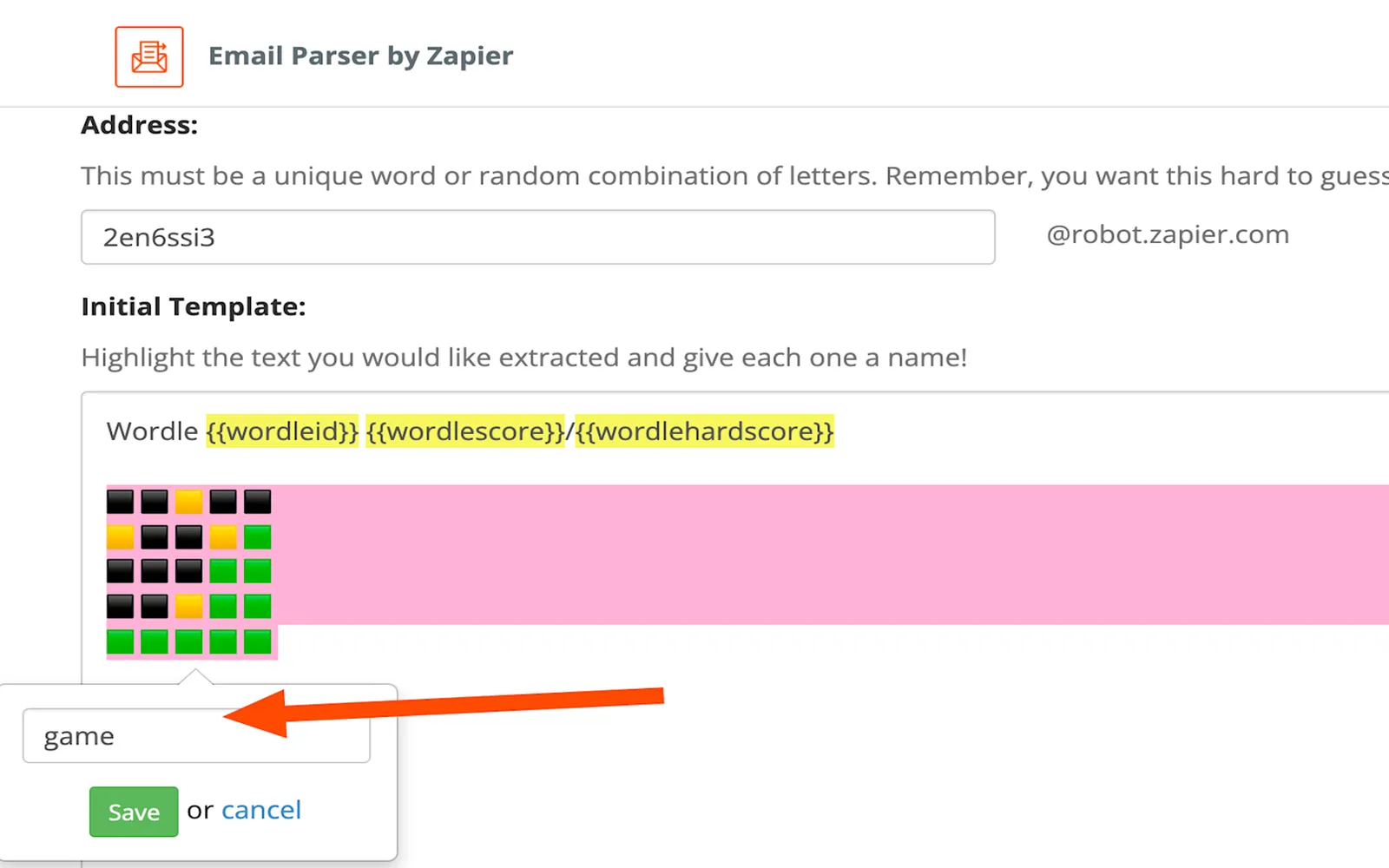
How to automate a weekly Wordle competition for friends
Automating a weekly Wordle competition for friends involves creating a streamlined system for sharing and tracking scores. Start by selecting a platform, such as a group chat or a dedicated website, where participants can post their daily scores. Use a spreadsheet to record results and calculate leaderboards automatically. To enhance engagement, consider incorporating a shared calendar for reminders and setting up weekly themes or challenges. Finally, foster a sense of community by encouraging players to share tips and celebrate achievements together.

How to change date and time formats in your text automatically
Changing date and time formats in your text automatically can streamline your documentation and improve readability. Most text editing software and programming languages offer built-in functions or libraries that allow you to specify the desired format. This typically involves identifying the original date and time strings, applying the conversion function, and replacing them with the newly formatted versions. Utilizing regular expressions can also help in locating and modifying these elements efficiently, ensuring consistency throughout your text.
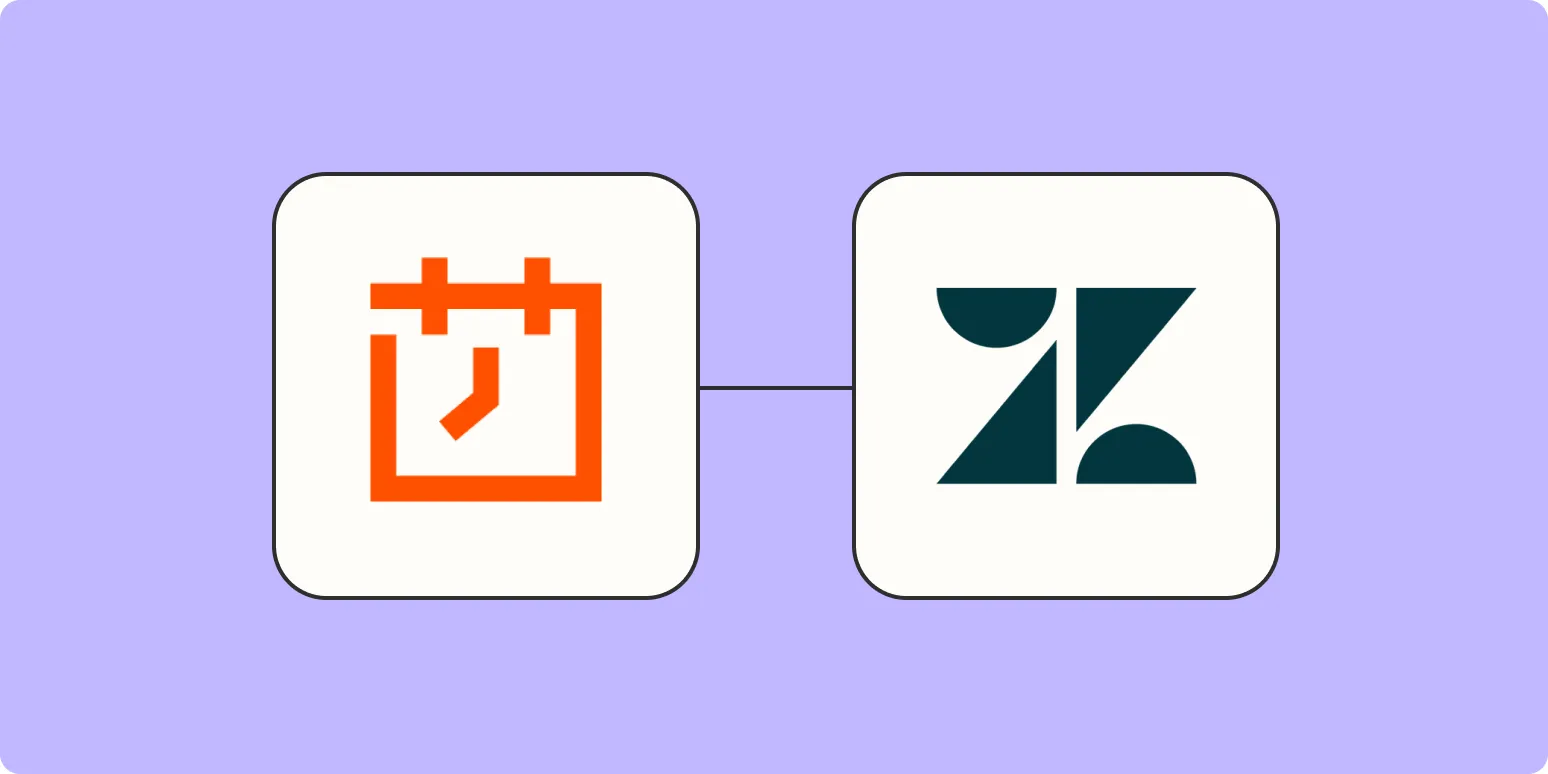
How to create monthly Zendesk tickets automatically
To create monthly Zendesk tickets automatically, start by integrating an automation tool like Zapier or a custom script that interacts with the Zendesk API. Set up a scheduled trigger to generate tickets at the beginning of each month. Configure the ticket details, including subject, description, and priority, ensuring they meet your team's needs. Test the automation to verify that tickets are created correctly and adjust settings as necessary to maintain efficiency and accuracy in your support workflow.
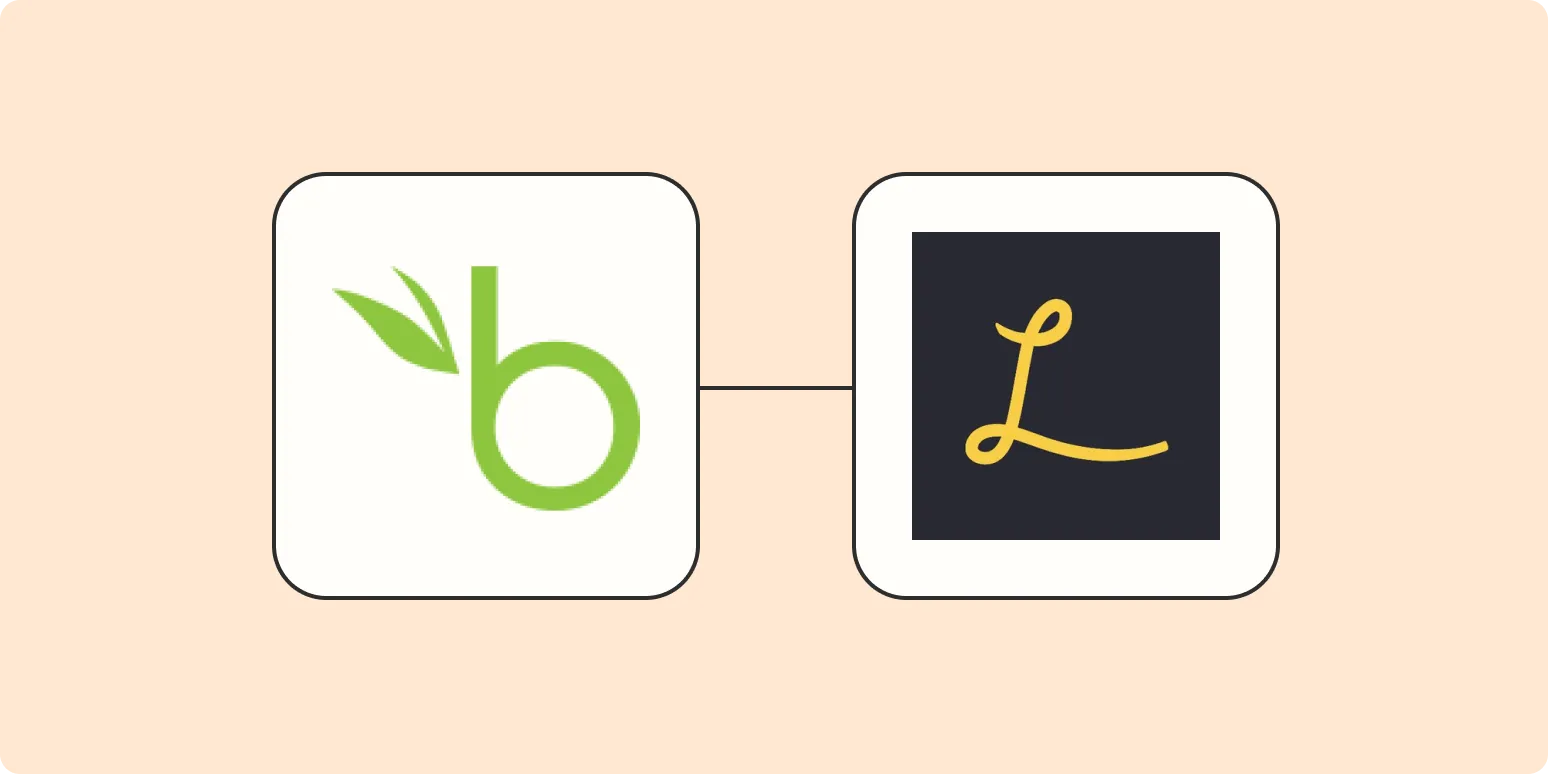
How to automatically assign new BambooHR employees a Lessonly lesson
To automatically assign new employees in BambooHR to Lessonly lessons, integrate both platforms using an automation tool like Zapier or a custom API solution. Start by setting up a trigger in BambooHR that activates when a new employee is added. This trigger will initiate the assignment process in Lessonly, selecting the appropriate lesson based on job role or department. Ensure that the integration includes mapping necessary employee data to streamline assignments, enhancing onboarding efficiency and training consistency.
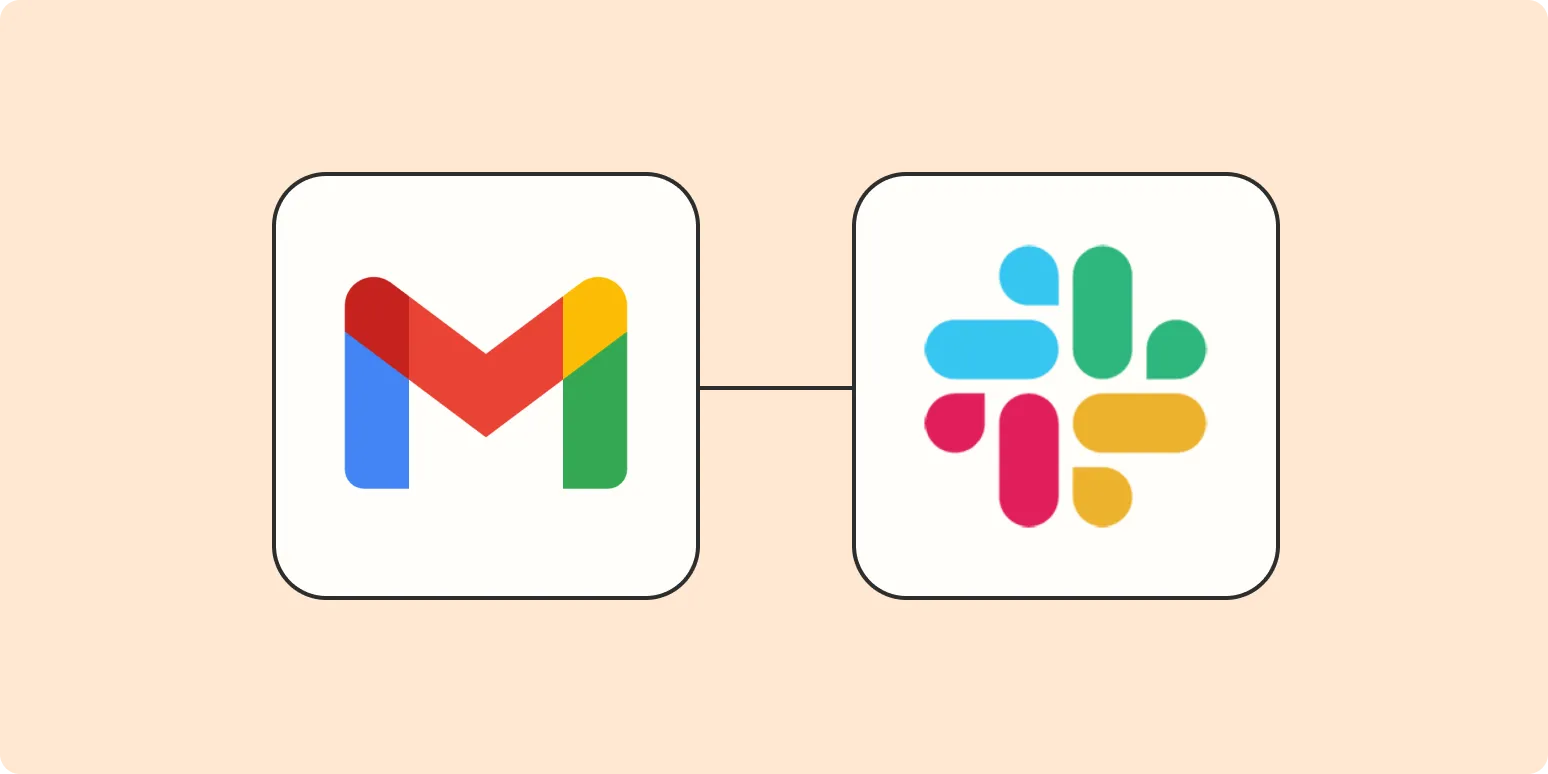
How to get error alerts in Slack from your email
To receive error alerts in Slack from your email, start by integrating your email service with Slack using a third-party tool or Slack's built-in email app. Configure the integration to forward specific error notifications to a designated Slack channel. Set filters in your email to capture only relevant alerts, ensuring your Slack channel remains focused. Once set up, you’ll receive real-time updates in Slack, allowing for quick responses and improved team collaboration on issues as they arise.

How to automatically add new Shopify customers to a Mailchimp Audience
To automatically add new Shopify customers to a Mailchimp Audience, you can use integration tools like Zapier or Automate.io. These platforms allow you to create a workflow that triggers when a new customer signs up on your Shopify store. By connecting your Shopify account to Mailchimp, you can seamlessly transfer customer data such as email addresses and names to your Mailchimp audience, ensuring your marketing lists are always up-to-date without manual intervention. This enhances your email marketing efforts and improves customer engagement.
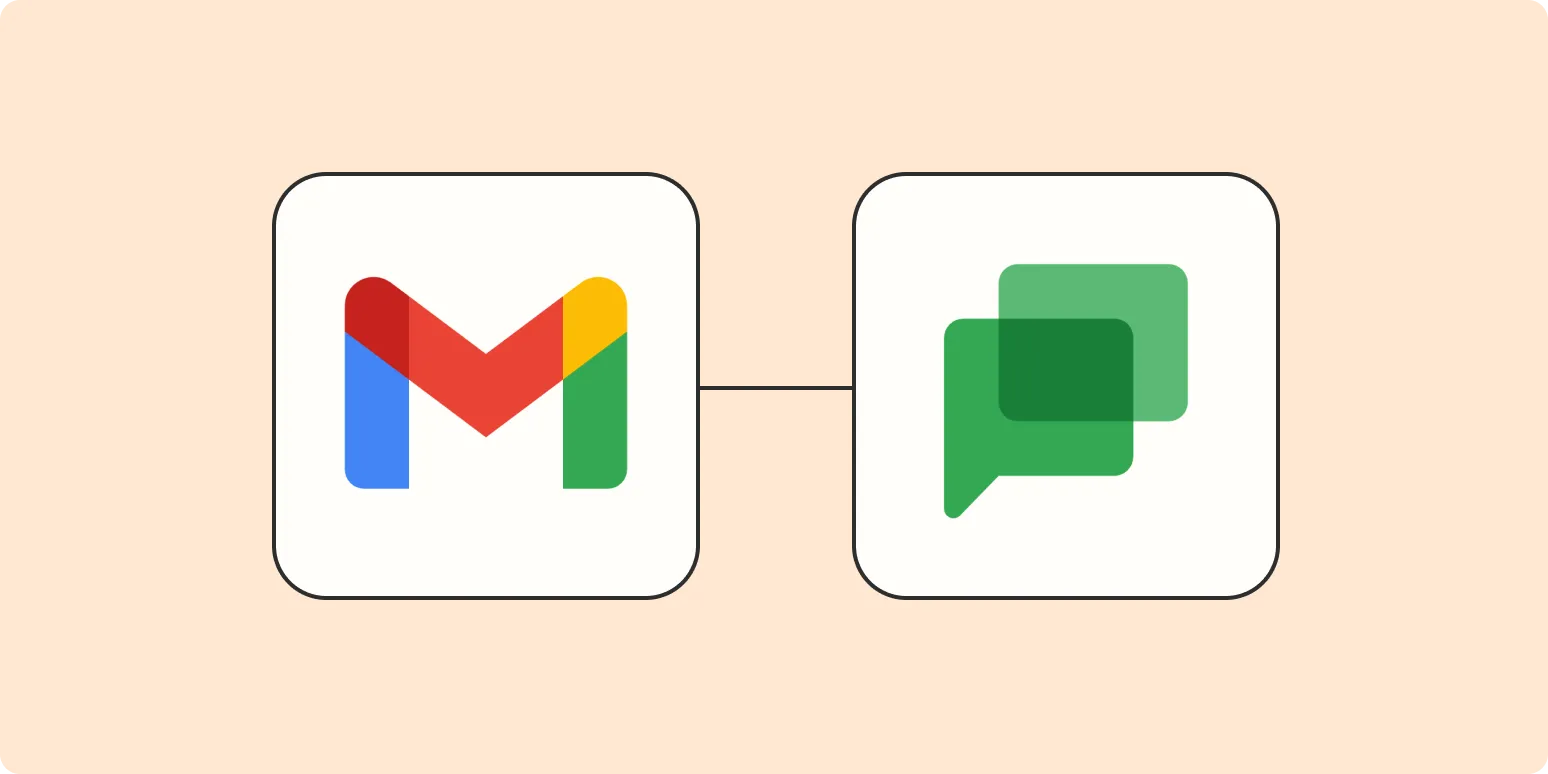
Notify your team about Gmail emails in Google Chat
You can streamline communication by notifying your team about important Gmail emails directly in Google Chat. This integration allows users to receive notifications for specific emails or threads, ensuring that team members stay updated on critical information without switching platforms. By setting up alerts for new emails, teams can enhance collaboration and response times, making it easier to address urgent matters as they arise. This feature helps maintain efficiency and keeps everyone informed in real-time.